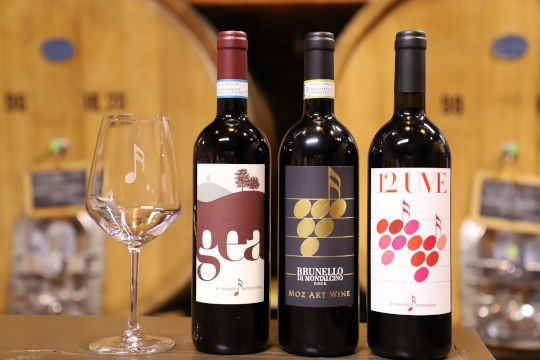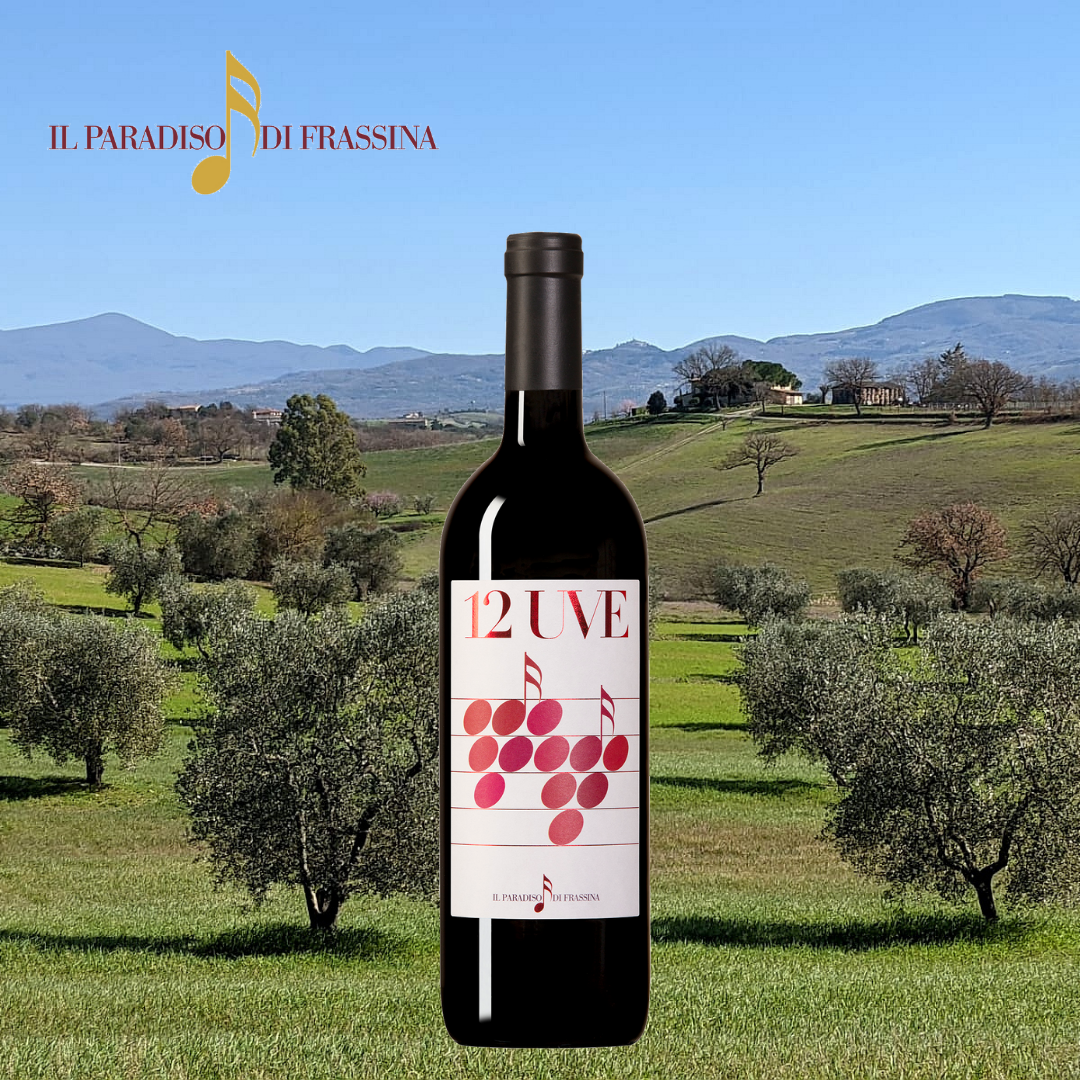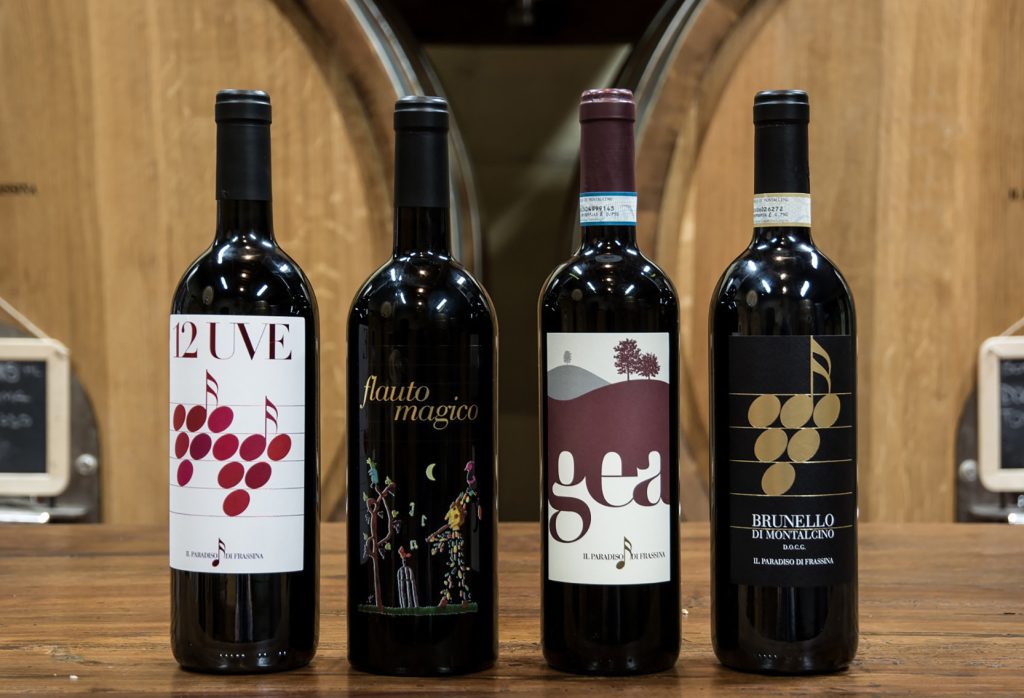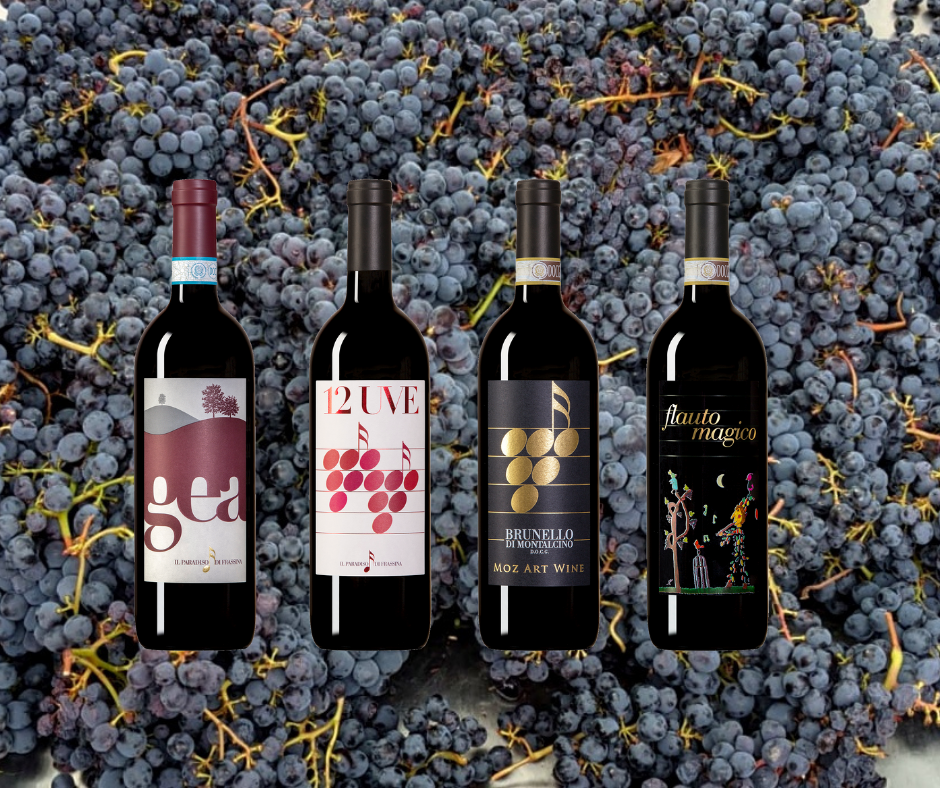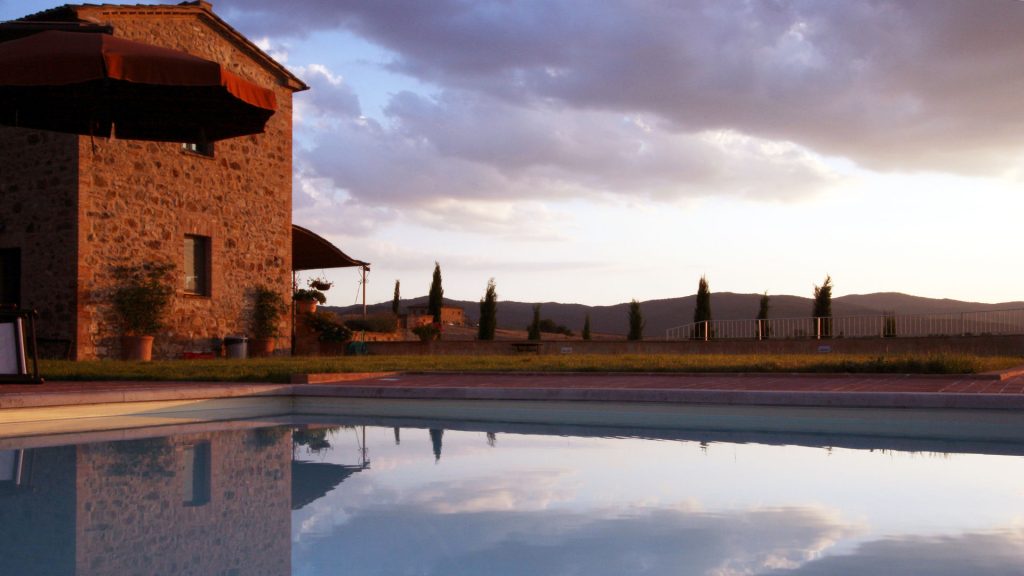The 12 grape varieties of our 12 Uve Maremma Toscana DOC
At Il Paradiso di Frassina in Montalcino, in addition to the Brunello di Moz Art, the Brunello Riserva Magico Flute, and the Rosso di Montalcino Gea, we are proud to produce a surprising and interesting wine, an absolutely unique wine of its kind; in Italy there are no similar ones.
It is a musical wine as it is given by the blend of 12 different grapes, 6 Italian and 6 French, and the incredible thing is that each of them is associated with a musical note!
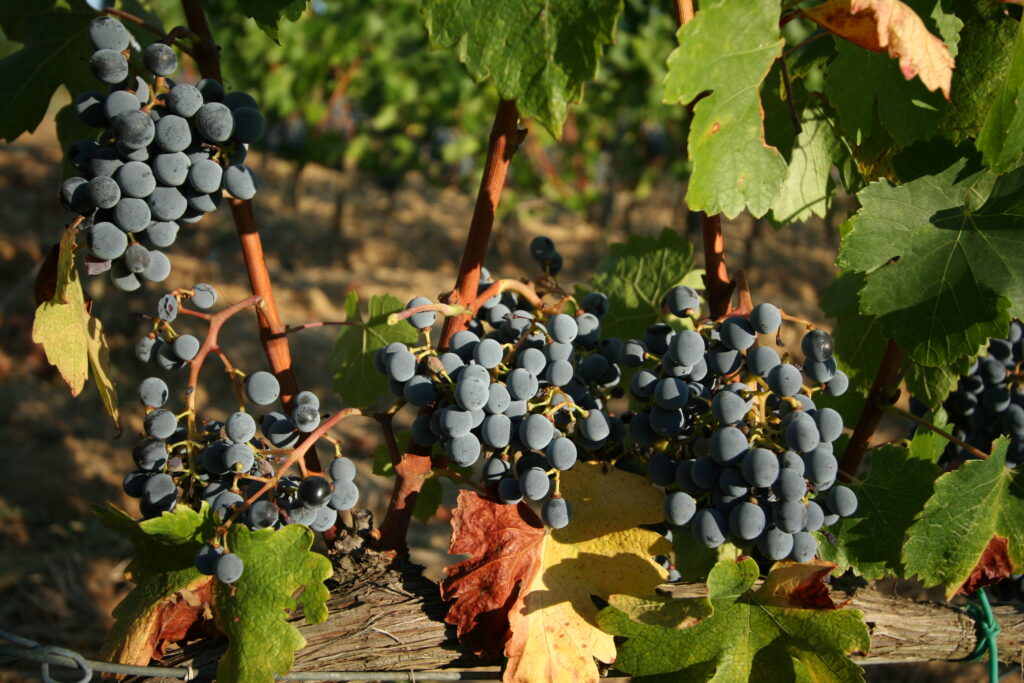
Each grape therefore corresponds to a note. In fact, the notes are 12 and not 7.
If we think of the piano, for example, we will notice 12 keys, 7 of these keys are white and larger while the other 5 are smaller and black, but also the black keys are notes in all respects.
Our 12 Uve wine, which we also talk about in this article, is a real crazy blend, as defined by our American followers, and it is a wine all to discover.
It can be defined not as a Super Tuscan but as a Super Cru. This wine expresses its musicality both in the biodiversity of the selected grapes and because, with its 12 semitones, it imitates Bach’s musical scale.
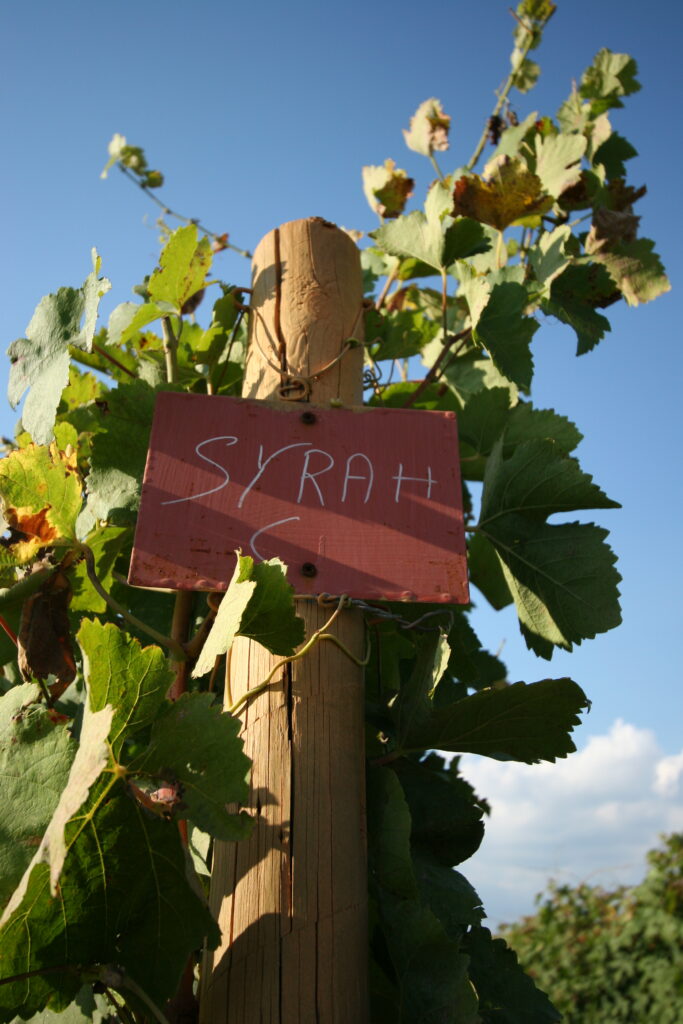
One grape one note, the 12 vines of our 12 Uve wine
The 12 grapes that are part of this extraordinary wine are: Sangiovese, Cabernet Sauvignon, Syrah, Cesanese, Ancellotta, Alicante, Petit Verdot, Cabernet Franc, Merlot, Carmenere, Canaiolo, Ciliegiolo.
Alicante, Syrah, Marselan, and Cesanese d’Affile are the first 4 grapes that are part of 12 Uve and that we harvest first. Not being able to harvest 12 grapes individually, we make 3 groups of 4 grapes, then harvest the 4 grapes that have a similar ripening period are put together and fermented together.
Cesanese d’Affile
This vine from Lazio also spread in lower Tuscany, medium-sized bunch, the grapes can also be used to give rise to a single variety, but it is usually used as a blend of other wines; it has a very intense color, slightly fruity aromas .
Alicante
Alicante is part of the first group of vines that are harvested, it was originally from Spain and then it spread throughout central Italy and also in the south, it has a medium bunch, the grape is quite large and very colorful, with very fruity aromas; blackberries, blueberries, and also spicy notes, with a nice full and tannic taste.
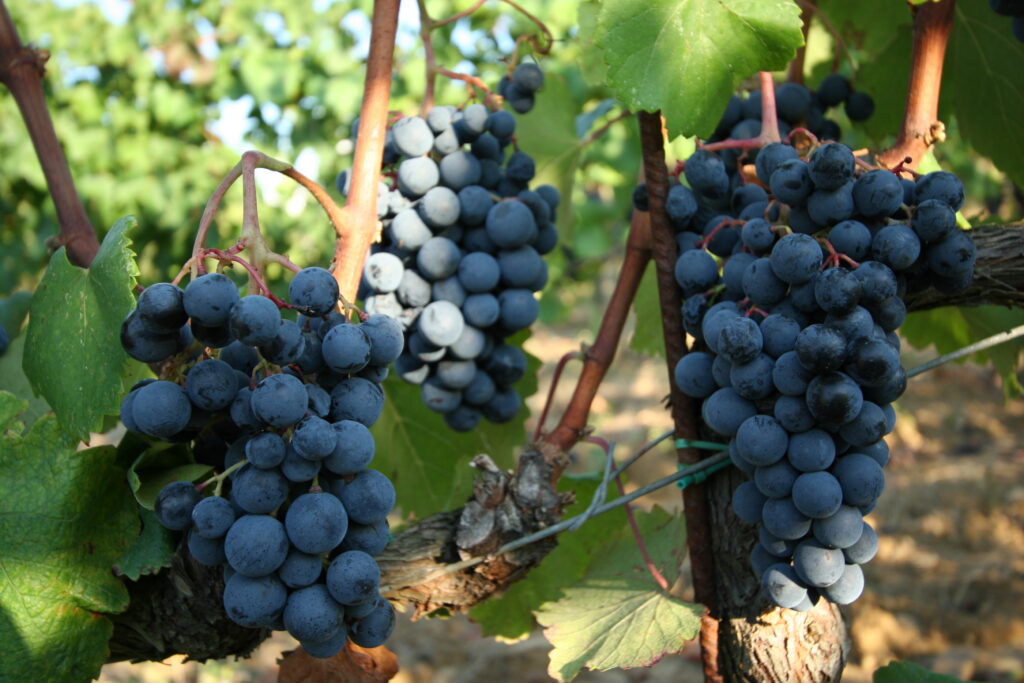
Syrah
Considered French, even if the origin seems to be Persian, then it spread all over the world. It is one of those international vines, harvested in early September, that is quite delicate to water stress, rich in fruity notes, black currant, blackberry, plum, little tannic.
Marselan
Marselan is a French grape variety obtained from the crossing of Cabernet Sauvignon with Grenache. With a compact cluster and small berry, it has a good acidity and a good structure, and gives above all spicy notes.
Sangiovese
Sangiovese is the most widespread black grape variety in Tuscany and also the most widespread native grape variety in Italy. Its origins date back to the seventeenth century in the Apennine area between Tuscany and Emilia Romagna.
Some of the most famous and appreciated wines in the world are born from the use of Sangiovese: Brunello di Montalcino, Chianti, Vino Nobile di Montepulciano, and Morellino di Scansano.
In Tuscany we have Sangiovese Grosso, which in the course of history has also been known with names such as Brunello in Montalcino and Prugnolo Gentile in Montepulciano, and Sangiovese Piccolo. The characteristics of the wines obtained from Sangiovese can vary a lot; but in all of them there are good tannins and high acidity.
Cabernet Sauvignon
Black grape variety, originally from the Gironde area in France, Cabernet Sauvignon is often used together with Cabernet Franc and Merlot, in a blend that takes the name of Bordeaux blend. This vine has a great ability to adapt to the most varied climatic conditions. In Italy there are many versions of Cabernet Sauvignon.
The resulting wines are suitable for long aging, are intense in color and rich in tannins and aromatic substances.
Ancellotta
A black grape variety, Ancellotta is grown mainly in Emilia Romagna. It is often used as a blending grape in red wines to give color and marked pigmentation.
Petit Verdot
Petit Verdot originates from the Bordeaux region in France and is used for the production of the famous Bordeaux wine. Used a lot in the Tuscan Maremma, Petit Verdot is characterized by a medium-small bunch, and gives the wines fruity and floral aromas, and spicy notes.
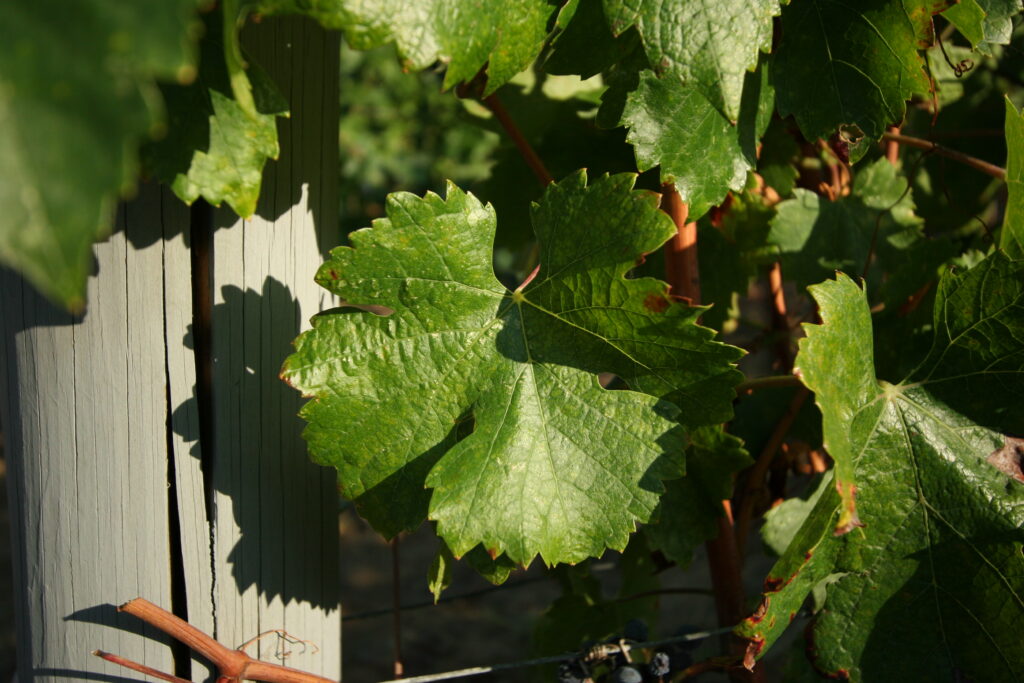
Cabernet Franc
Originally from the Bordeaux region of France, Cabernet Franc is often used together with Cabernet-Sauvignon and Merlot for the so-called Bordeaux Cut. Cabernet franc is widespread in North America, Argentina, Chile, South Africa, Australia and New Zealand.
In Italy, on the other hand, the regions where the best pure Cabernet Francs are produced are Tuscany, especially in the Bolgheri area, and Friuli Venezia Giulia.
Cabernet franc is quite resistant to harsh climates and is often used to give balance to wines. If the grapes have reached perfect ripeness, the wine is elegant and characterized by smoky notes.
Merlot
The name originates from the blackbird that adores its berries. Originally from the Gironde, and in particular from the Bordeaux area in France, Merlot is used together with other grapes to give life to some of the most prestigious wines in the world, such as Château Lafite-Rothschild or Château Latour.
Merlot is almost always accompanied by Cabernet Sauvignon, with which it gives life to the blend known as the Bordeaux Cut. In Tuscany, Merlot dominates the Tyrrhenian area, especially in the clayey soils of Val di Cornia and Bolgheri, where it participates in the creation of wines known as Supertuscans, also based on the Bordeaux cut. In Italy Merlot arrived at the end of the 1800s, and it is now widespread in many other regions.
Carménère
Carménère is a black grape variety of Bordeaux origin with a very intense color. Carménère derives from “Vitis biturica”, which came to Bordeaux in Roman times and came from Albania. It was then brought to France by the Romans.
Today it is rarely found in France, the main producer of Carménère is Chile. Italy occupies the second place. The Carménère grape resembles Merlot, with which it is easily confused. All the Bordeaux vines seem to derive from this original vine. Carmenère is very delicate for these reasons in France it has been almost completely abandoned, and today the country in which it is most widespread is Chile.
Canaiolo
Canaiolo or black Canaiolo is widespread both in Chianti and in other areas of Tuscany. Canaiolo, together with Sangiovese and Malvasia was part of the famous original recipe of Chianti Classico, codified in 1872 by Baron Bettino Ricasoli. Canaiolo produces an intense ruby red wine, with floral notes and a discreet minerality, it is soft and velvety to the taste.
Ciliegiolo
Ciliegiolo is a black grape variety native to central Tuscany, but today it is also grown in other regions of Italy. It owes its name to the cherry, of which it recalls the color of the berry.
The wine produced from the Ciliegiolo grape was often used in the past for blends with other wines, including Sangiovese, to which it gave softness and fruity aromas. It can also be vinified as a white or rosé to produce very fragrant wines.

